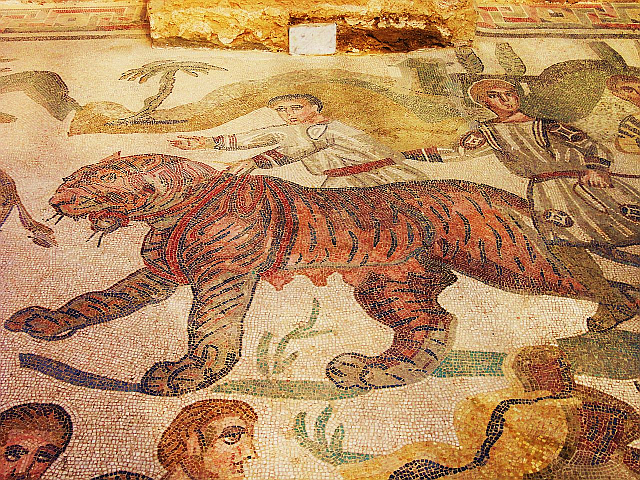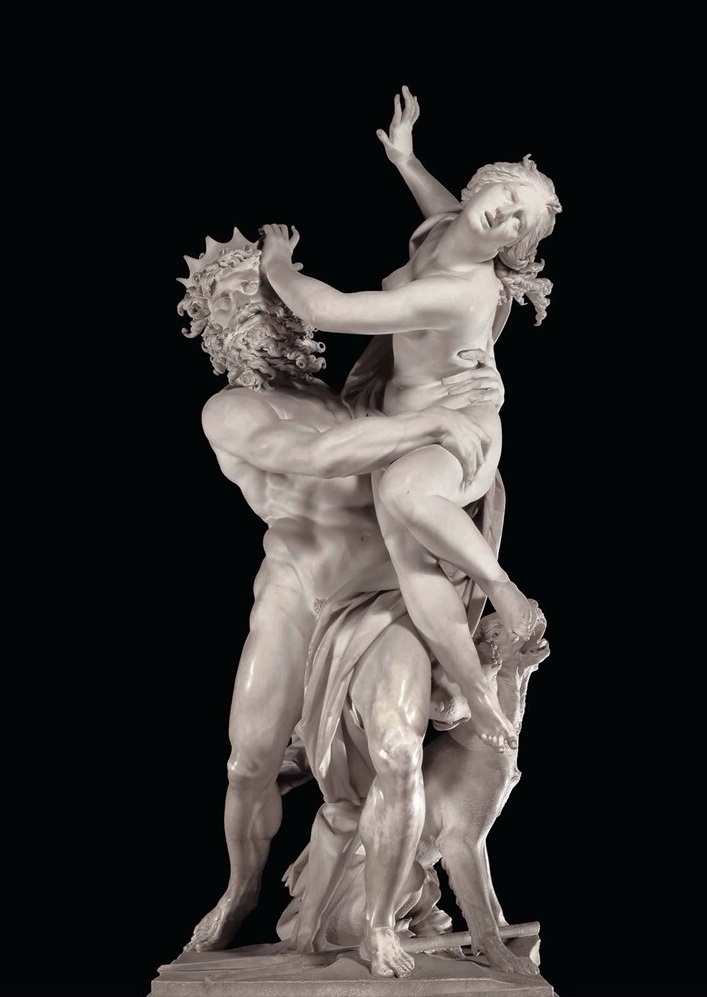In the image, Bekker is holding a sieve that seems to "transform" evil demons, as they fall through it, into modern ailments, including
"Raserey, Melancholie, MonBekker's work was published in 1691, and led him to be deposed from his ministry and tried for blasphemy and for spreading atheistic ideas. His major offense appears to have been to question the existence of the devil, and of demons in general. His notoriety was fairly long lasting, as the above image, taken from a work satirizing Bekker's view, was published in 1731.sucht, Unsinnigkeit, Wahnwitz, Paroxismus, Enthus , Mitzkranckheit, Fallende Sucht." (Translations welcome!)
Bekker was a student of the work of Descartes. Here's a bit more about him:
Amsterdam Reformed minister Balthasar Bekker (1634-98), ... unleashed enormous controversy with the 1691-93 publication of his De betoverde weereld (Die bezauberte Welt / The World Bewitched). Across the four volumes of this work Bekker argued that "the apparitions of Evil Spirits are contrary to true Reason, and that the Holy Scripture affords no proofs of it."Bekker seems to have thought all such belief in evil spirits was essentially pagan in origin, and wished to rid Christianity of it. Interestingly, Isaac Newton wrote extensively of his similar doubts about the existence of evil spirits (but not, it seems of good ones or angels), but held back publication probably because doubting the devil was, at least for some, tantamount to opening a slippery slope -- where would the doubt end?
But as this article (cited in the preceding post) argues, Newton should not be lumped in with "modern" rationalism, or some sort of proto-Enlightenment, scientific thinking. Newton was basing his doubts about the demons upon his very careful reading of the Bible and other ancient sources. Here's the conclusion of its author, Stephen David Snobelen:
In this study, I have shown that there was more than one way for an early modern believer to orient biblical demonology. In Newton’s case, it meant the denial of the existence of evil spirits. A corollary to this was a shift from an ontology of Satan to a psychology of temptation, a reorientation from the external to the internal. But instead of looking for possible affinities with his view in sceptical thought or suggesting a source in some putatively rational or ‘modernist’ strain of natural philosophy, I have argued that Newton’s demonology formed an integral part of his grand religious project and that the most relevant analogies lie in theology—ancient and heterodox.In short:
Newton articulated his own position in biblical terminology and above all, as with so many other aspects of his theological and natural philosophical thought, his views on the devil were reinforced by an engagement with older traditions. The apparent ‘modernity’ of his stance turns out to be a mirage.












